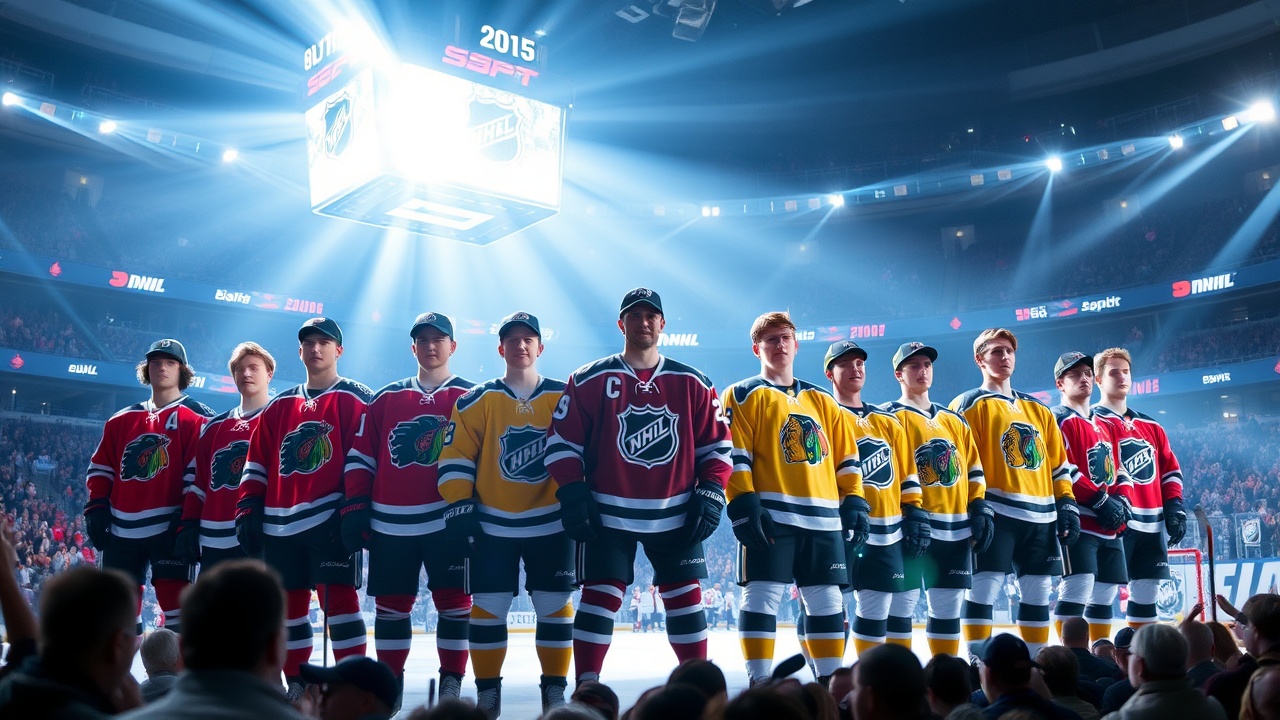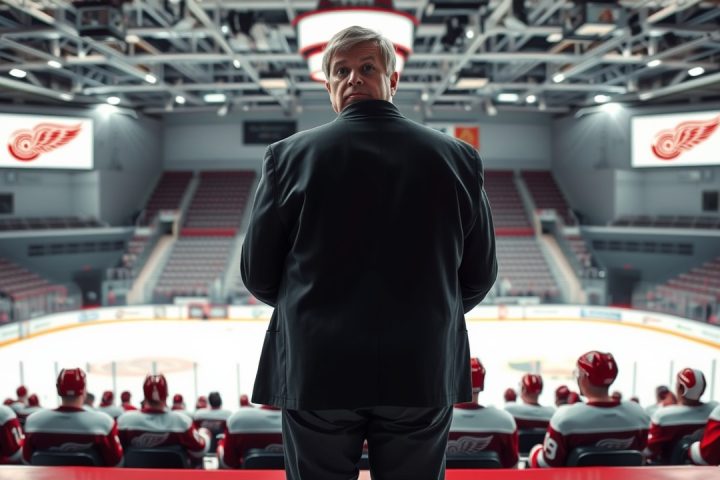Stanley Cup Final Thrills
In the thrilling opening game of the Stanley Cup Final, Corey Perry delivered a dazzling no-look backhand set-up for Connor McDavid, who in turn provided a brilliant assist to Leon Draisaitl, clinching the overtime victory. This moment not only marked a pivotal play in the game but also underscored the remarkable talent within two of the most acclaimed draft classes in NHL history, both of which are prominently represented on the sport’s grandest stage.
The Impact of the 2015 and 2003 Draft Classes
The Edmonton Oilers secured McDavid as the first overall pick in the 2015 NHL Draft, and a decade later, it’s no shock that several from the celebrated 2015 class are making significant contributions during the Stanley Cup Finals. Alongside McDavid in this historic matchup, the Florida Panthers, who ultimately triumphed in the series, featured Niko Mikkola and A.J. Greer, both also drafted in 2015. Players from this group are now entering their primes at around 28 years old.
Contrastingly, Corey Perry—now 40 years old and drafted in 2003—demonstrates the longevity of athletes from a draft class often heralded as the best of this century. The 2003 draft featured illustrious names such as Marc-André Fleury (first overall), Eric Staal (second), Ryan Getzlaf (19th), Brent Burns (20th), and Perry himself (28th). Further along in the draft, stars like Patrice Bergeron and Joe Pavelski emerged as formidable players, showcasing the depth and impact of the class, which extended across nine rounds compared to the seven of today’s drafts.
Comparing Achievements
If the recent projections hold, the 2015 selection may soon overshadow the accomplishments of 2003. McDavid, distinguished as a future Hall of Famer, is already on track to rank among the all-time greats. At just 28, he has accumulated three Hart Trophies—far exceeding the collective achievements of the 2003 class in this regard—alongside a Conn Smythe Trophy, which remains unmatched by 2003 draftees. Although Joe Pavelski, part of the older class, has a marginally higher Game Score Value Added due to more games played, McDavid’s singular excellence stands out.
However, McDavid’s brilliance isn’t the sole highlight of the 2015 draft class. The depth of this cohort is equally impressive, potentially flooding Hall of Fame ballots with names like Jack Eichel, Mitch Marner, Mikko Rantanen, and Kirill Kaprizov. In celebration of this class’s 10-year anniversary, a mock re-draft revealed that the lineup still holds many top-tier defensemen and forwards, highlighting its enduring legacy.
Statistical Insights
Through a statistical lens, the 2003 class has gathered 657 wins above replacement (GSVA), though this number may soon plateau as veterans like Perry, Burns, and Ryan Suter continue to play. Meanwhile, the 2015 class has already racked up 450 wins, with top players still in their prime and capable of further increasing this tally. Remarkably, at the same juncture ten years post-2003 draft, that class only reached 387 wins, revealing productive growth in the draft class of 2015 given the changing scoring landscape in the NHL.
It’s crucial to note that the current lead of the 2015 class can partly be attributed to advancements in analytical approaches that enable teams to better identify player contributions earlier, allowing them to part ways with underperforming players with greater efficiency. The 2003 class, on the other hand, includes multiple athletes with negative impacts who extended their NHL careers; this stark contrast underscores changes in management and player evaluation since then.
Player Comparison
Both draft classes have produced a tremendous number of NHL players, with 2003 generating 64 compared to 2015’s 65, despite the latter having the burden of fewer rounds to work with. Yet, in terms of quality, the 2015 group boasts an impressive average of 1.1 wins per 82 games in their initial seasons, compared to 0.8 from their 2003 counterparts.
Leading the charge, McDavid stands unmatched with an astounding average of 6.2 wins per 82 games, supported by other young stars like Kaprizov and Marner. By comparison, the 2003 class includes a handful of top players, but none could match McDavid’s early impact.
Legacy and Future Potential
Individual accolades further reveal that while the 2003 cohort has claimed 28 Stanley Cups—thanks in part to championship teams in the early 2010s—the 2015 class holds the potential to catch up in trophy wins, including Calder and Conn Smythe accolades. While the 2003 group still excels in trophy counts like the Norris and Selke, many from the 2015 roster are nearing or at peak performance, indicating further possible accolades in the years to come.
Though the 2003 class currently dominates in goaltending talent—with multiple award-winning netminders—there’s a hope that the 2015 class could eventually close this gap, as goaltenders typically take longer to develop than skaters. Presently, the legacy of the 2015 draft class continues to burgeon, hinting that it may soon eclipse 2003 as the hallmark draft of the century, due not only to McDavid’s brilliance but also the considerable depth that this class represents.




